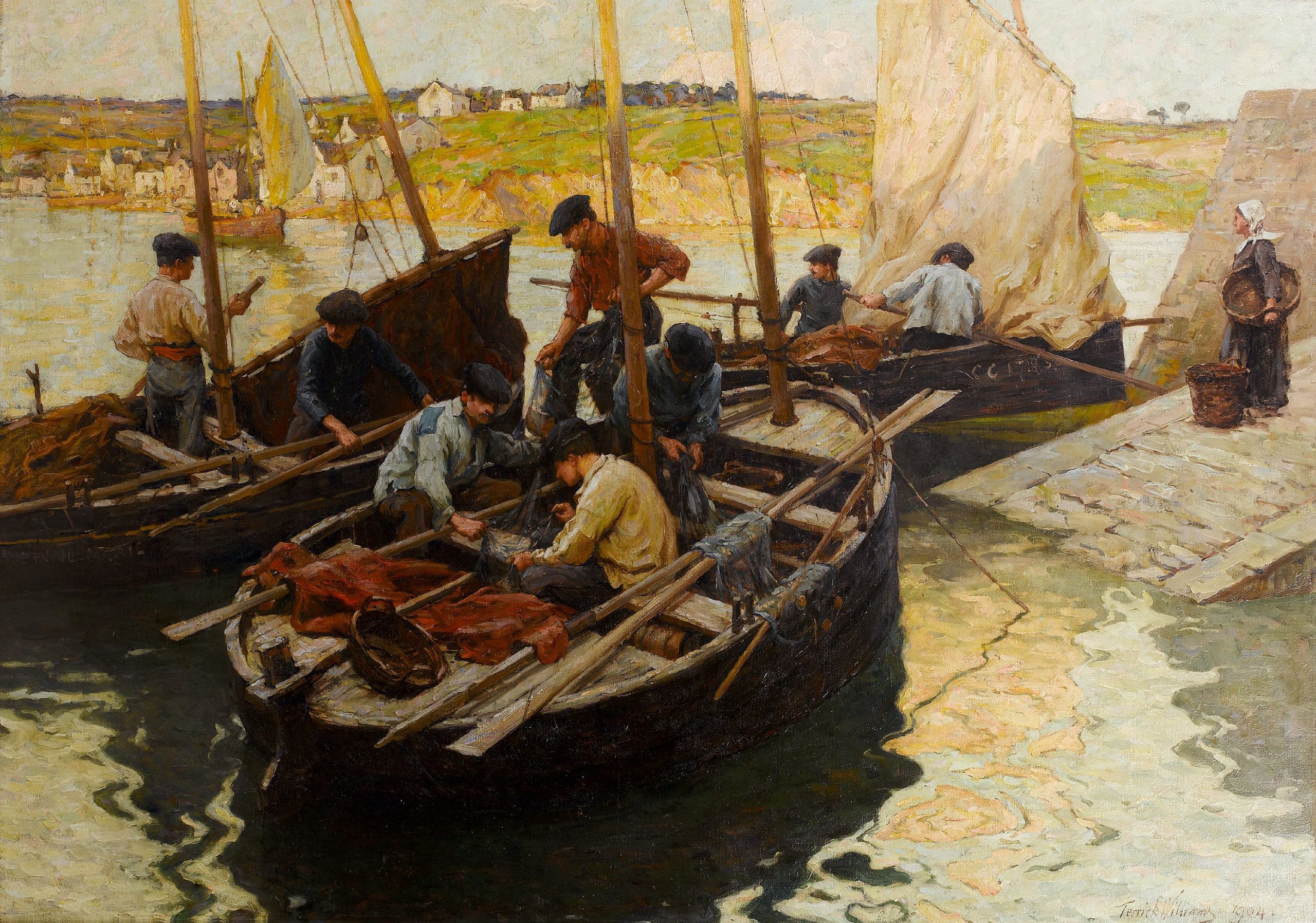
The new Netflix show, “Queen Charlotte: a Bridgerton Story,” is a prequel to the wildly popular “Bridgerton” series, with the early lives of some of its characters. But it is not based on the Bridgerton books by Julia Quinn, and it was not the idea of the original series producer, Shonda Rhimes. It was the idea of a Netflix executive, who called Rhimes with the idea. She was immediately captivated by two thoughts. First, this would be inspired by the real-life couple King George III and the 17-year-old bride he met on their wedding day, Queen Charlotte, a German princess. And second, this would allow Rhimes to explore the people and the struggles behind the near-idyllic racial harmony of the Royal Court in the original series.
In an interview, the actors who play the young King George (Corey Mylchreest), Lady Agatha Danbury (Adjoa Andoh), and the young (India Amarteifio) and older (Golda Rosheuvel) Queen Charlotte talked about which ones had to play catch-up with the original series, their favorite fabulous costumes, and how the racial dynamics deepen the storyline.

Corey, you are directed to be charming in your first meeting with Charlotte. What does young George do to pretend to be charming?
COREY MYLCHREEST: George’s way of making himself charming is by putting up a wall and making everything about the other person. Which is almost how you are charming in real life, along with more openness and vulnerability. George’s way is definitely to shut down, become something else and make it all about his attention on someone else.
Did the two Queen Charlottes share views about the character, the physicality, the way she changes from the strong but naïve teenager to the imperious queen? Was that a challenge?
GOLDA ROSHEUVEL: There is no challenge because we don’t talk about any of that stuff. We allow the two people playing that role to investigate and find out for themselves how to get into this journey and how to create the character for themselves.

You may not have coordinated with the older versions of yourself, but what did you pick up about your characters as you watched the original series?
INDIA AMARTEIFIO: Golda is obviously fantastic. I was just watching her as an actor going, “Wow, she’s really created another person.” And I was completely invested. And then, finding out that I was having to play the role, I rewatched it and was like, “No, this is terrifying.” It looked like years and years of practice and years and years of knowing oneself and what’s right. And her sense of duty was all intact. But I also knew that that was probably all a facade and all a lie to cope with her husband. So, lots of layers.
Golda, one of the first episode’s highlights is when we see Queen Charlotte in the “Bridgerton” period, and she is very unhappy with her 13 adult children.
GOLDA ROSHEUVEL: It’s a very complex relationship and a joy to be in the room with those 13 actors physically. Because I’ve had that imagination of family and children through “Bridgerton,” but then to actually have them sitting with you in the room and putting faces to them is quite extraordinary. I loved it. We had real good fun that day trying to find all the different kinds of characters because there’s a lot of them. For me, at the core and the root of it, this whole series is love.
But I’ve been watching “Succession.” I’m really interested in the siblings and their relationship. On the surface, they seem to absolutely hate each other because what they say to each other is vile. But then, when one of them is attacked, all three of them band together to be a core, and the love goes poof. That was the same kind of feeling with my children, that, yes, there was this surface stuff that was going on, but at the core of it, she talks about love to her son, about that being a choice, and how that is important for her and George. That foundation is about love, but yet the surface is quite complicated. That duty of the line being continued is very much there in my strand.
What is it about the Regency period or even the fantasy Regency period that just draws us back into it all the time? None of us would want to live in it, and yet we utterly romanticize it.
ARSEMA THOMAS: “Bridgerton” is one of the first shows that has been able to use the period genre and make it episodic. And there is something very mysterious about the Regency period because it is not even visually one that we think of, because it’s not the time of corsets and massive weight like Marie Antoinette when we think 18, 1700s. But it is really about the story that is happening during that time period rather than the Regency period itself.

Of course, the looks are fabulous. What is your favorite? Is it a piece of jewelry? Is it one of the Lyn Paolo dresses?
GOLDA ROSHEUVEL: I could not tell you. They are all my children. I cannot choose one.
ARSEMA THOMAS: It’s true. Because she never repeats an outfit.
INDIA AMARTEIFIO: And the hair is its own character. But I love the second wedding dress she insists on wearing instead of the one the king’s mother wants her to wear. It’s like, “You’re going to love me in this, and you’re going to love all of me.” It’s a physical representation of her most free self, which I think is really, really special.
COREY MYLCHREEST: What man wouldn’t like to wear knee-high socks and heels? I found it very interesting. I think maybe my ankles aren’t built for heels. But I think, going off India’s point, George is very constricted by duty. And in the same way that your freedom is represented in that second wedding dress, George’s pressure, responsibility, and duty is represented in his clothes. My favorite is George’s favorite, which is probably something very basic that we see him farming in, the stuff that he wears to work in the soil.
ARSEMA THOMAS: There’s a purple two-piece that Agatha wears at the end of episode two when they get their estate, and it is my favorite because Lyn Paolo, the costume designer, was saying that it was designed after vintage Chanel. I was like, “I don’t deserve this.” It was amazing, a beautiful lavender, which you start to see Danbury wear more when she starts to engage in her own agency. And it just reminded me of a lot of working mothers, mine being one of them, and the pantsuits that they wore to work. Something connected me with my mother in a very strange way when I wore that.
The original series took it as understood that there was complete diversity, and everybody was fine with that. And I love the way that this series opens up that conversation. And that scene that you have with the Queen is one of my favorites. Tell me what making that issue explicit does for this series.
ARSEMA THOMAS: I think it grounds it in the current reality that we’re in. There is something that this is maybe pessimistic, but, undeserving about having a utopic society like Bridgerton, which is diverse without an explanation for how to get there. And I think there’s something so aspirational about this show because it shows that it’s something that you don’t just get handed. You have to fight for it. And a lot of those times, it’s women who are fighting for it, and they never get that recognition.
There is something in our series that is eerily similar to so many moments of history, and there’s something beautiful about telling a story that’s at the tipping point of change. This is a point where it could either go back to the way it was, and we continue the cycle again and again, or we go over the hump and change it. And to see what it looks like on the other side of that hump, I think, is what this show does. I think it makes it impactful. It colors “Bridgerton” in a whole different way. This show essentially gives you three seasons of “Bridgerton.”

Charlotte, Agatha, and George all struggle in lives that appear to have great power but, in reality, are very restricted.
ARSEMA THOMAS: All three of our characters really start out the same way, which is extremely, extremely imprisoned in whatever lifestyle that they did not choose. And then options start to appear that never were there. Possibility starts to become a very real thing.
Before that, the fact that Agatha is complacent is not because she hates herself or does not care; it’s because she has never thought there was another option ever. From three years old, being groomed for a husband, it’s essentially brainwashing. And then, the moment she gets the title of Lady, you start to see the gears. The rust is brushing off, they start to turn.
It feels quite therapeutic, honestly, because there are moments where, specifically with Princess Augusta, where I’m like, “I’ve been in a situation like this before, and I never had the words to say how I can reclaim what I’ve just lost in this argument.” And so. To be able to have the gift of Shonda’s writing and say what you otherwise would wish you had thought to say.
What do you want people to know about this series?
GOLDA ROSHEUVEL: That the show is relatable, and people can see themselves and lean forward into it, and be invited into a world that has excluded them before and just sit and enjoy and be entertained.
ARSEMA THOMAS: I think just piggybacking off of that, there is something really beautiful about how relatable all of these characters are, and I think there will be something really amazing when people who are not Black see themselves in us, people who are Black see themselves in Corey. There is a beautiful moment when racialized people regain their humanness, and that is the exact thing that you do to fight racism is to empathize. To see it be universal is a very beautiful thing.
“Queen Charlotte: A Bridgerton Story” is now playing on Netflix.




